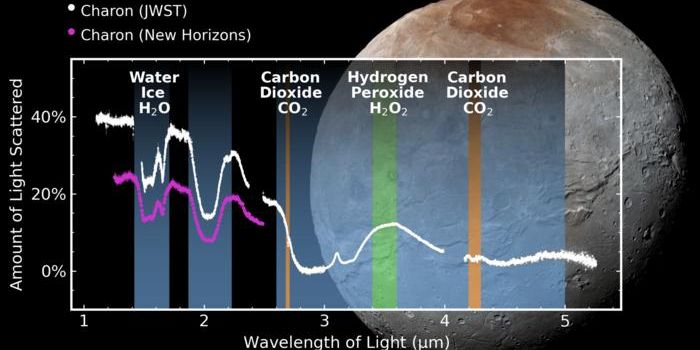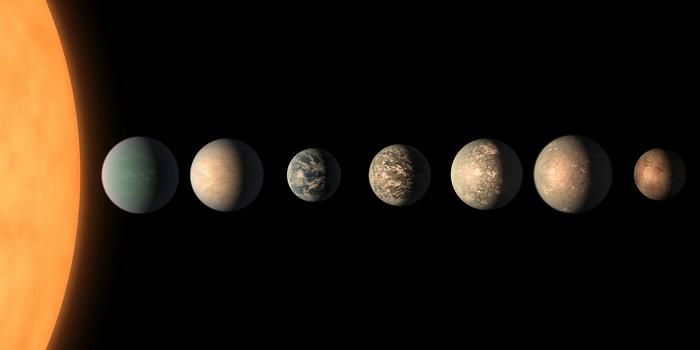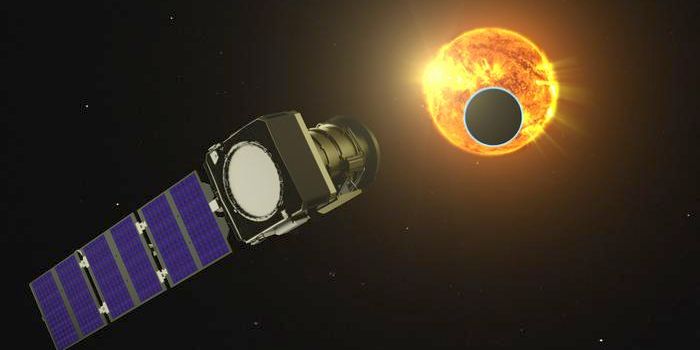What to Expect From Boeing's Starliner Spacecraft
NASA’s Commercial Crew Program sports two major contenders for sending astronauts to the International Space Station from American soil for the first time since the Space Shuttle era. Those two contenders are Boeing and SpaceX, and while the latter has already conducted a plethora of demonstrations and tests with its Dragon spacecraft, Boeing is just about ready to do the same with its Starliner spacecraft.
There are only a couple of loose ends to tie up, and assuming everything goes according to plan, Boeing’s Starliner spacecraft could be ready for its first un-crewed demonstration mission for NASA by December 20th. The test will demonstrate the platforms’ ability to reach outer space and return to Earth safely, and worthy of note, Starliner will be capable of landing on solid ground as opposed to the briny ocean with the help of special airbags that work in tandem with its parachutes.
Starliner’s landing perks have implications for its reusability, and according to Boeing, NASA should be able to use a single Starliner spacecraft up to 10 times before having to use a new one. Starliner is large enough to house up to seven astronauts, or a combination of astronauts and several tons’ worth of cargo for resupply missions. When Starliner gets to this point, it’ll dock autonomously with the International Space Station and wait there until astronauts are ready to return to Earth.
Unlike SpaceX, who uses their own rockets along with the Dragon spacecraft, Boeing will take advantage of a United Launch Alliance Atlas V rocket to loft its Starliner spacecraft into space. The Atlas V isn’t quite as reusable as a Falcon rocket, but the spacecraft itself might give SpaceX a run for its money.








